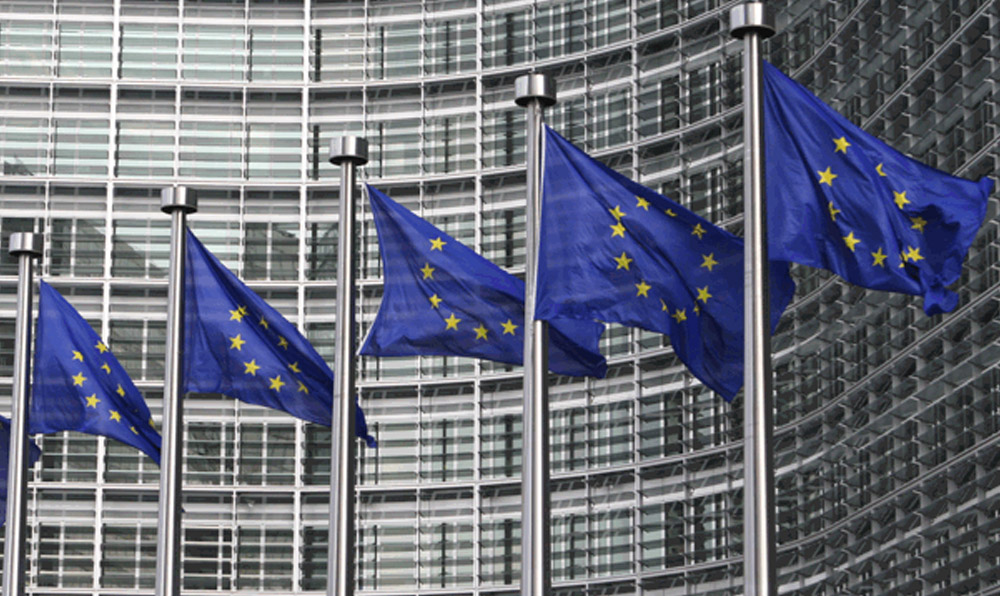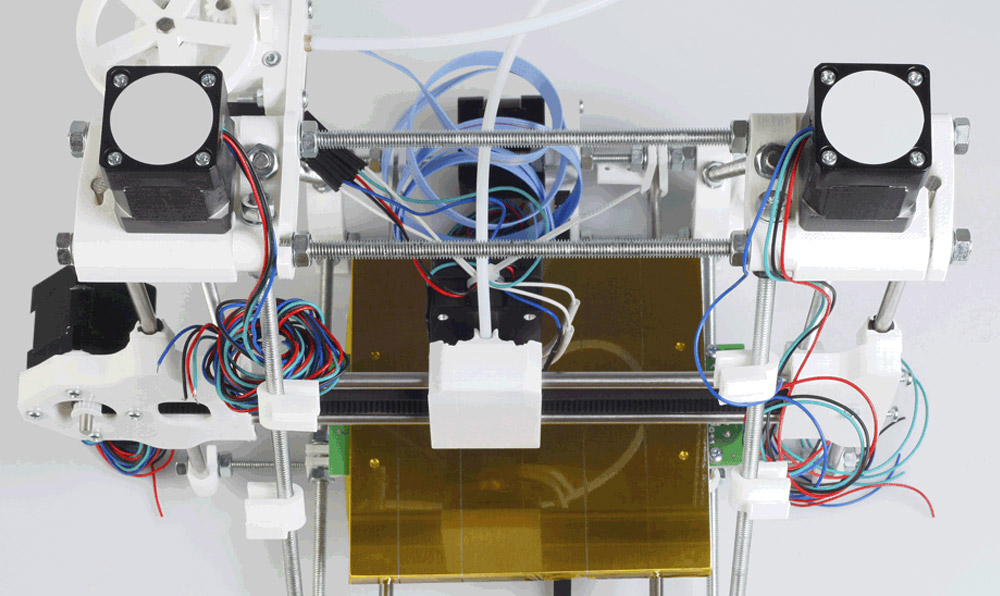Export Control Reform (ECR) continues to impact the way we handle our export compliance activities.
In addition to the sweeping changes to the International Traffic in Arms Regulations (ITAR) and Export Administration Regulations (EAR), since April 2014 we’ve been operating under a new set of rules for the Automated Export System (AES).
What’s all the fuss about? Here’s what’s changed, and what’s important for you to know about it:
The Change:
The addition of “600 series” Export Control Classification Numbers (ECCN)
What You Need to Know About It:
Unless you’re dealing with a “600 series” .y paragraph export (see below), an AES filing is necessary for exports of items that are classified under “600 series” ECCNs, no matter what the item’s value or its destination. As items from the United States Munitions List (USML) categories transition to the Commerce Control List (CCL), companies need to stay on top of which ECCNs are eligible for particular license types. If there are reporting mistakes (regarding the wrong license type), AES will generate a fatal error back to the filer and it’s back to the drawing board.
The Change:
The addition of a New License Type (C60) for the AES Collection of “600 series”.y Paragraph Exports
What You Need to Know About It:
The C60 identifies “less significant” military items (cockpit mirrors and urine collection systems are counted among these, although the latter seems particularly significant if you are sitting in an F-16 for an extended period of time!) If the value of an item is $2,500 or less or has Canada as its destination it is exempt from reporting in AES. Otherwise, if an AES filer submits export information that includes a “600 series” ECCN with a paragraph “.y”, this submission must be done under C60. Again, only certain “600 series” ECCNs are eligible.
The Change:
Items subject to the EAR, including “600 series” ECCNs that are licensed by the State Department under the International Traffic in Arms Regulations (ITAR)
What You Need to Know About It:
The State Department may license an item subject to EAR on an ITAR approval (ITAR section 120.5 (b)). In this event, the AES filer would need to report the ECCN or the EAR 99 designation in the ECCN field in AES (even if the license type for the item is DSP-5).
AES changes are here. Customs workers, brokers and freight forwarders across the country are dealing with new paperwork while companies try to familiarize themselves with the new additions to the AES ECCN reference table. But if you’re concerned about maintaining compliant export processes in the midst of it all, take heart – AES filings are being carefully watched, but ample educational feedback is being provided by the government. Online resources are also available to help you understand the new regulations. So if you’re confused, reach out, and stay confident in your company’s AES compliance.


